Who’s ready for seed starting for the upcoming garden year?
It might be hard to convince yourself that warmer days will come while you’re in the dead of winter. And you may think it’s too early to think about starting seeds. Really, the opposite is true -- the dead of winter is exactly when you should be thinking of seed starting.
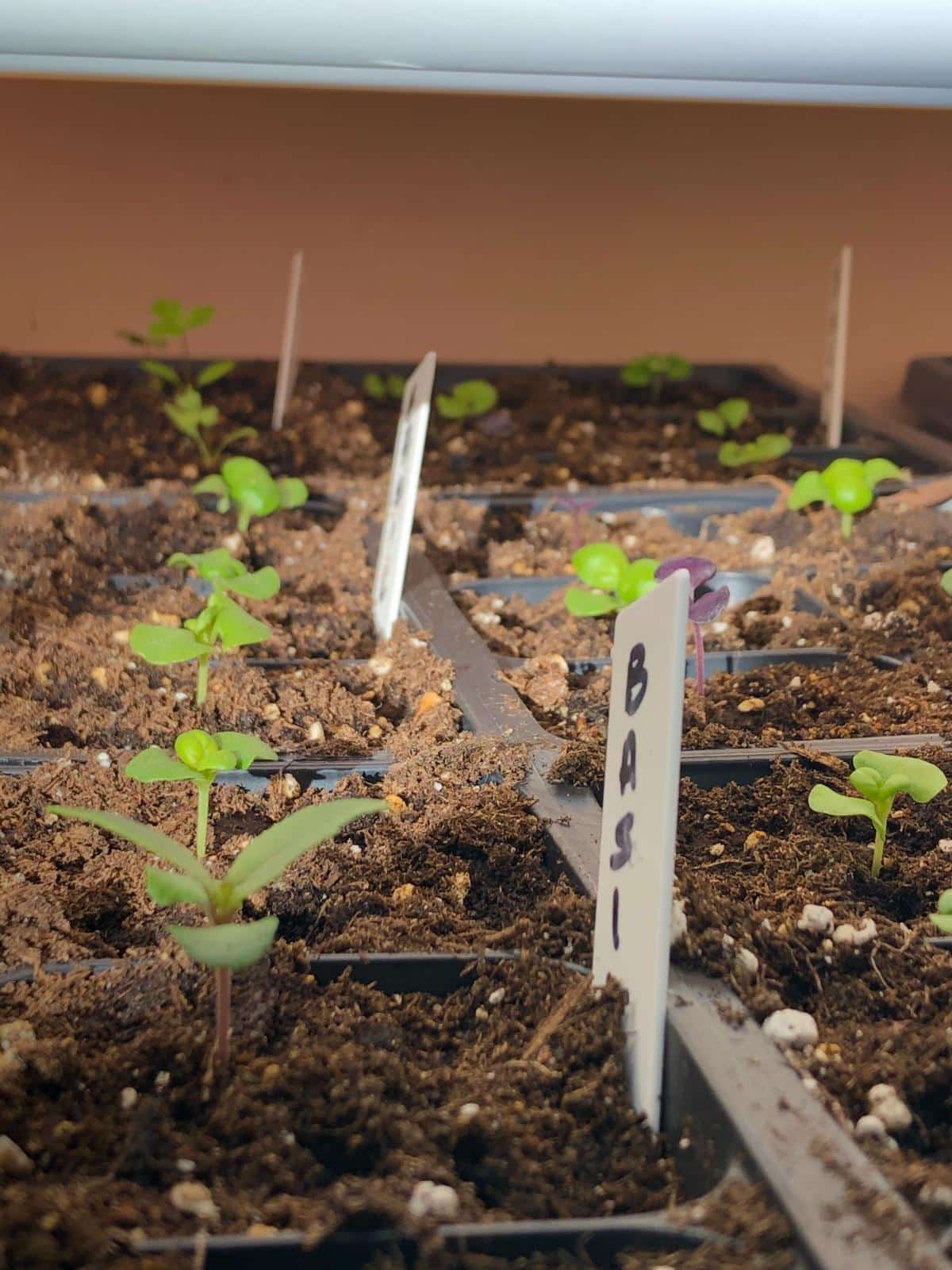
Doing these few tasks now will set you up for starting your transplants indoors, which will be here sooner than you think!
To get you off on a well-planned foot, do these things early on to get yourself set up and get those garden juices flowing!
Jump to:
1. Start a garden journal
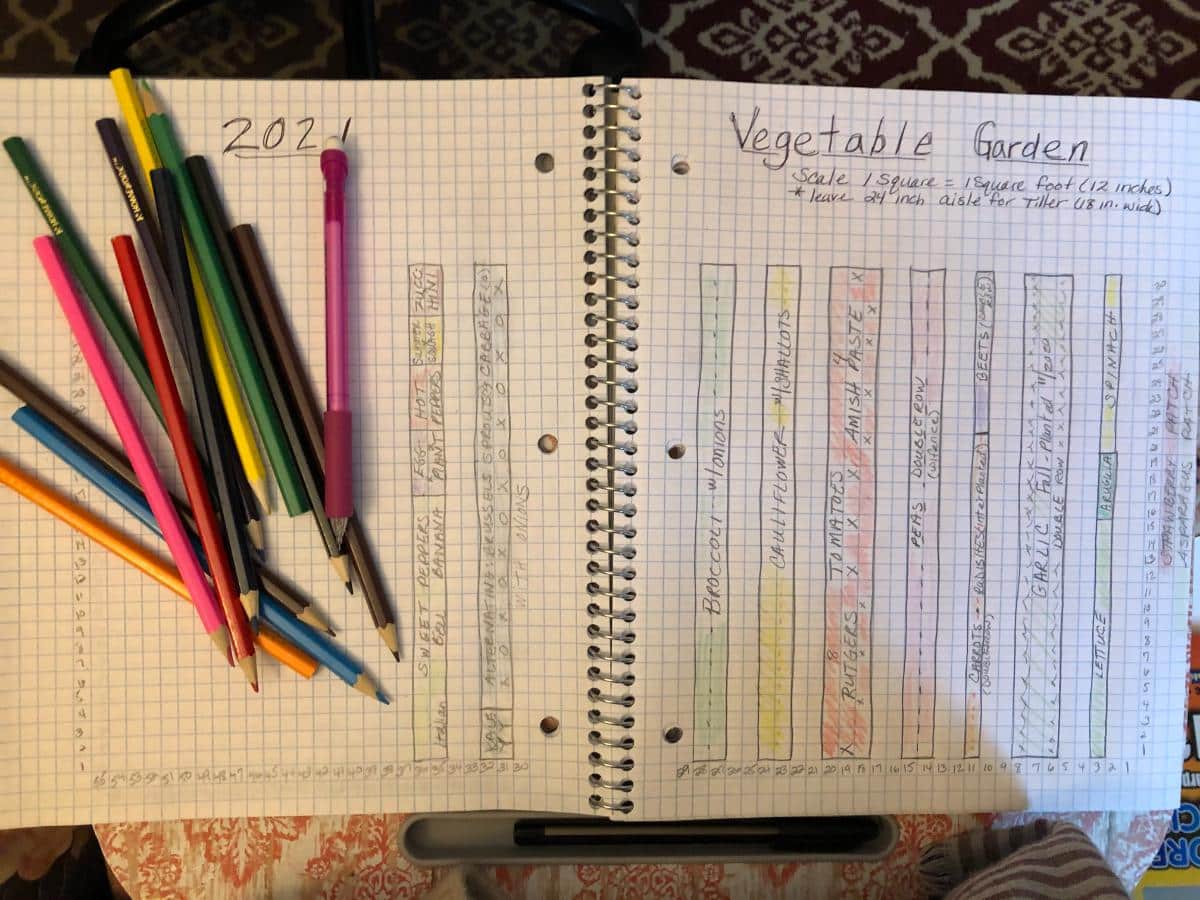
A garden journal is a reference that can be worth its weight in gold. It’s a place to dream, but it’s also a place to jot down simple things like what you did or didn’t like in your garden last year, what you need to change up, and even practical lists.
Start your journal at the very beginning and track things like what seeds you started and when. Then, later on, you can add notes about whether that worked well or not or whether you need to change up seeds, varieties, suppliers, or timing. …Among any other garden tips, tricks, or just thoughts!
2. Make a wish list
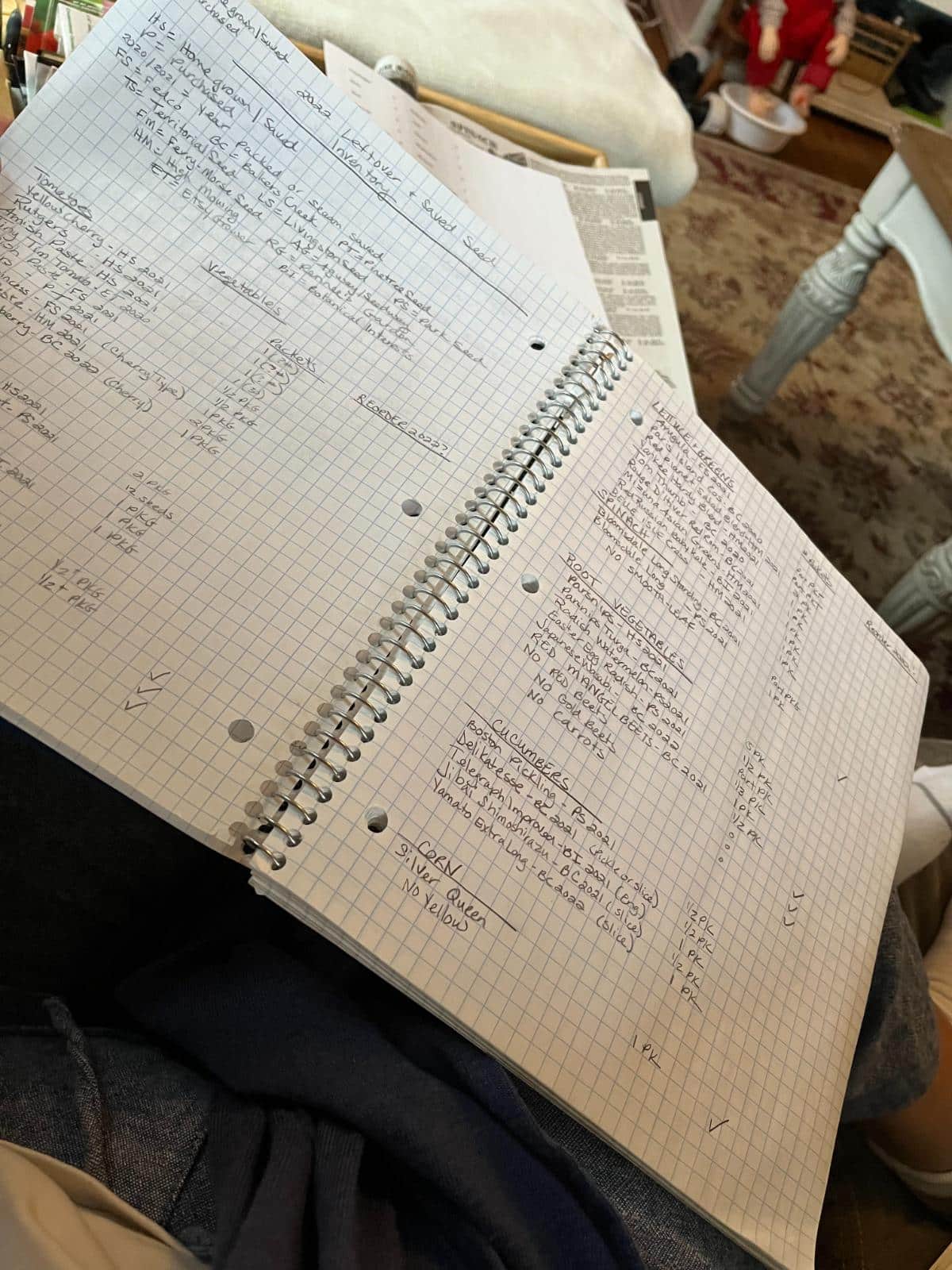
A garden journal is a place for practical thoughts, observations, projects, and practices. A garden wish list is like that, only better!
Go wild! There’s no need to be practical on your dream garden wishlist. Put it all in there. You can prioritize and pare down later on. For now, just have fun!
This can, of course, be part of your journal, or you can keep it completely separate if you want your journal to reflect more of a practical record and plan.
3. Map out this year’s garden or garden beds
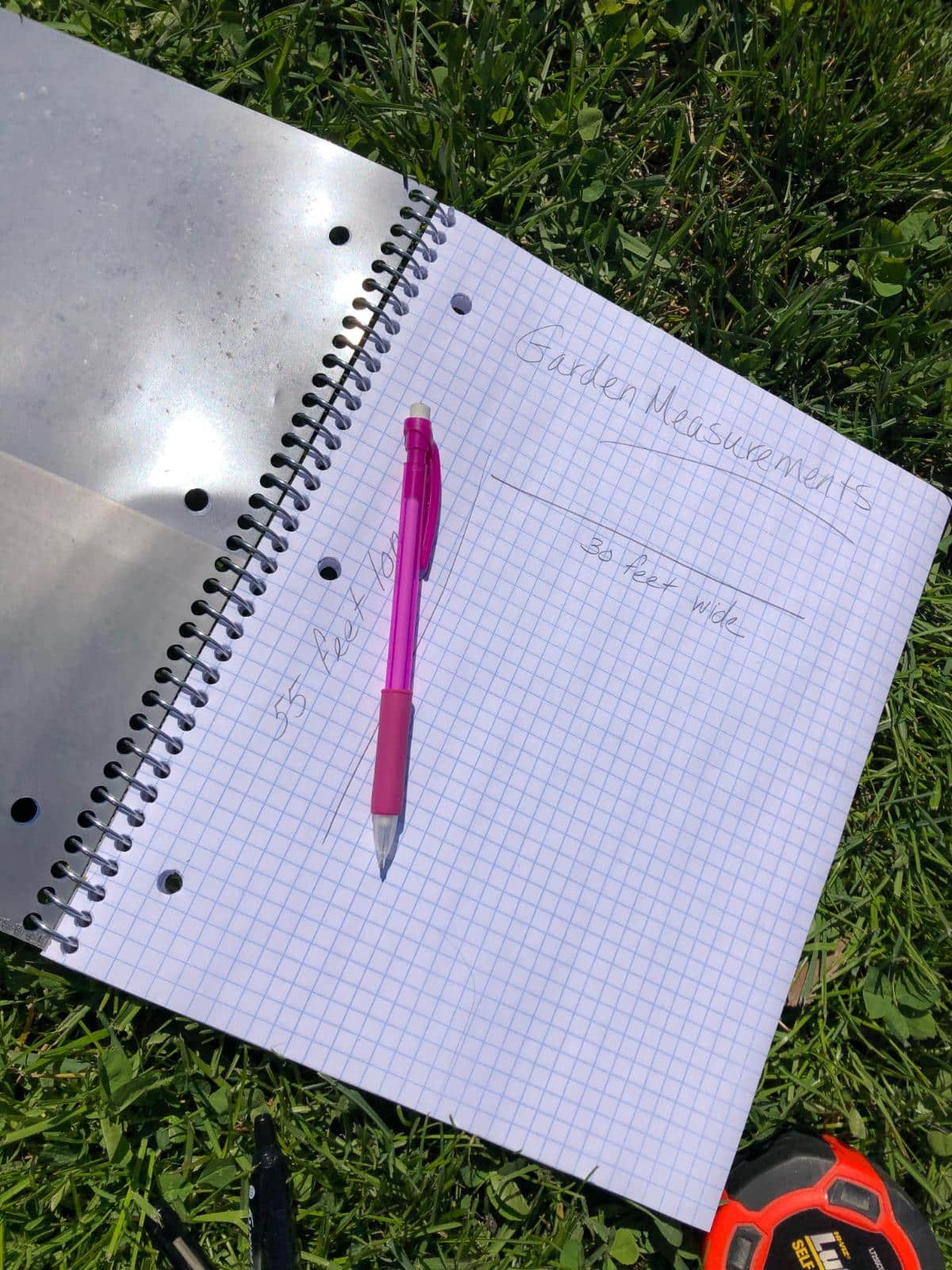
You may think you need to wait for sunny, warm planting days to plan your garden, but the fact is that it makes a lot more sense to plan during downtime in the winter.
Planning early gives you a visual map of how much you can realistically plant. It will make seed starting more effective and more efficient because you won't spend money on seeds and supplies, and you won’t grow seeds you won’t have room for.
You don’t need to be able to dig in the ground to map out your garden beds. You just need to know some simple sizes!
Looking for some leads for planning? Check out these old and new school ways to plan out your spring and summer gardens:
- 5 Ways to Plan Your Garden Layout and How to Do it
- How to Plan Your Garden With Free Printable Planner
4. Go through last year’s seeds
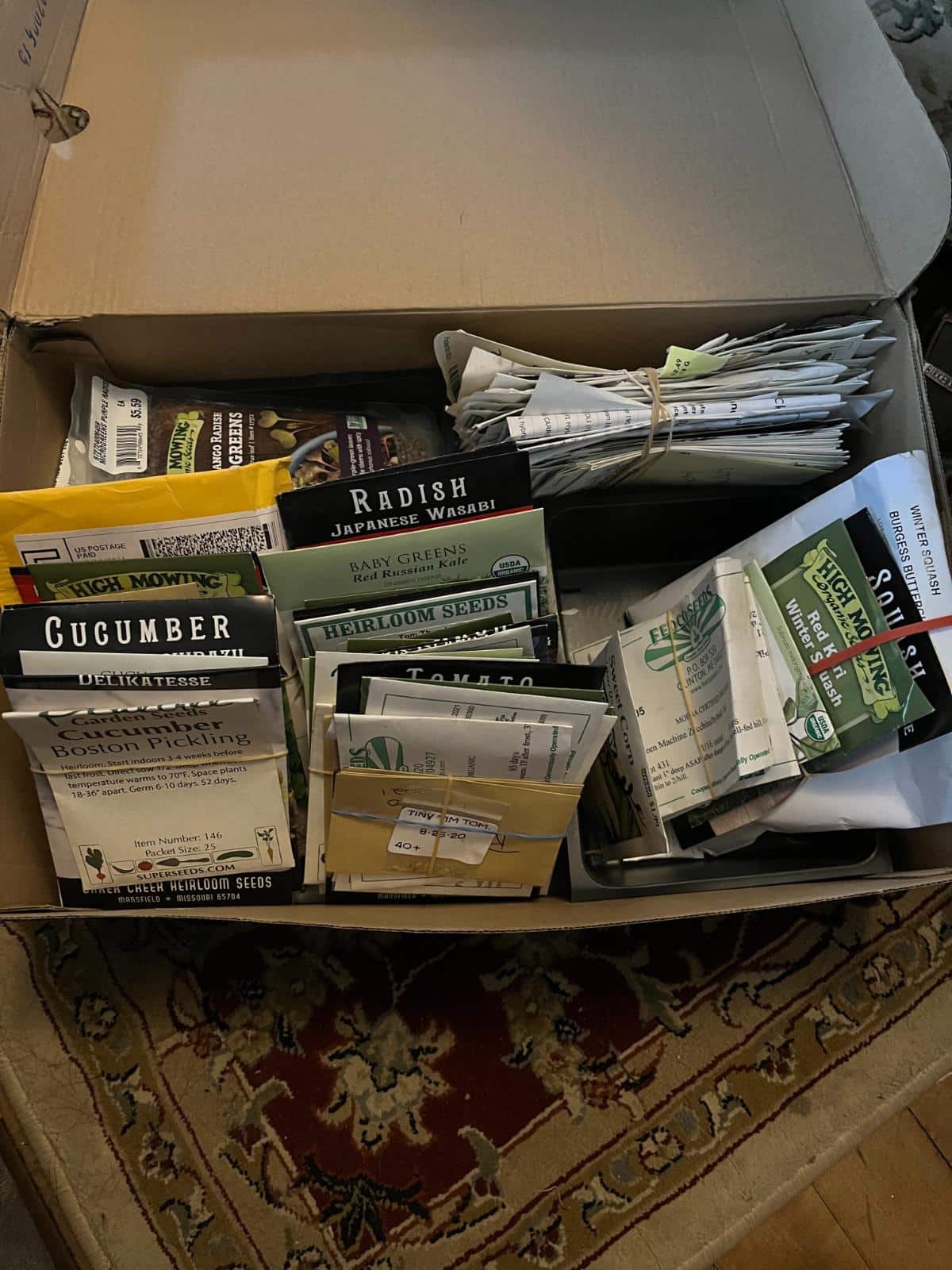
Dig out your seed stash and take inventory. Give it a good look-through before you start buying new seeds. See what you have and what you need.
We think we need to buy new garden seeds every year, but that’s not at all the case. In fact, most seeds are good for at least two or three years if they are stored properly. Many will last well beyond that point. The only seeds that aren’t great for more than a year are onions and alliums, parsley, and parsnips.
If you’re not sure if your seeds are still good, you can always do a simple germination test. Do the test no,w even if starting those seeds is weeks or months away. That way, you can put failed seeds on your list for restocking.
So take stock of what you already own, and save yourself some money!
For more on what lasts and what doesn’t, read on:
5. Order seeds
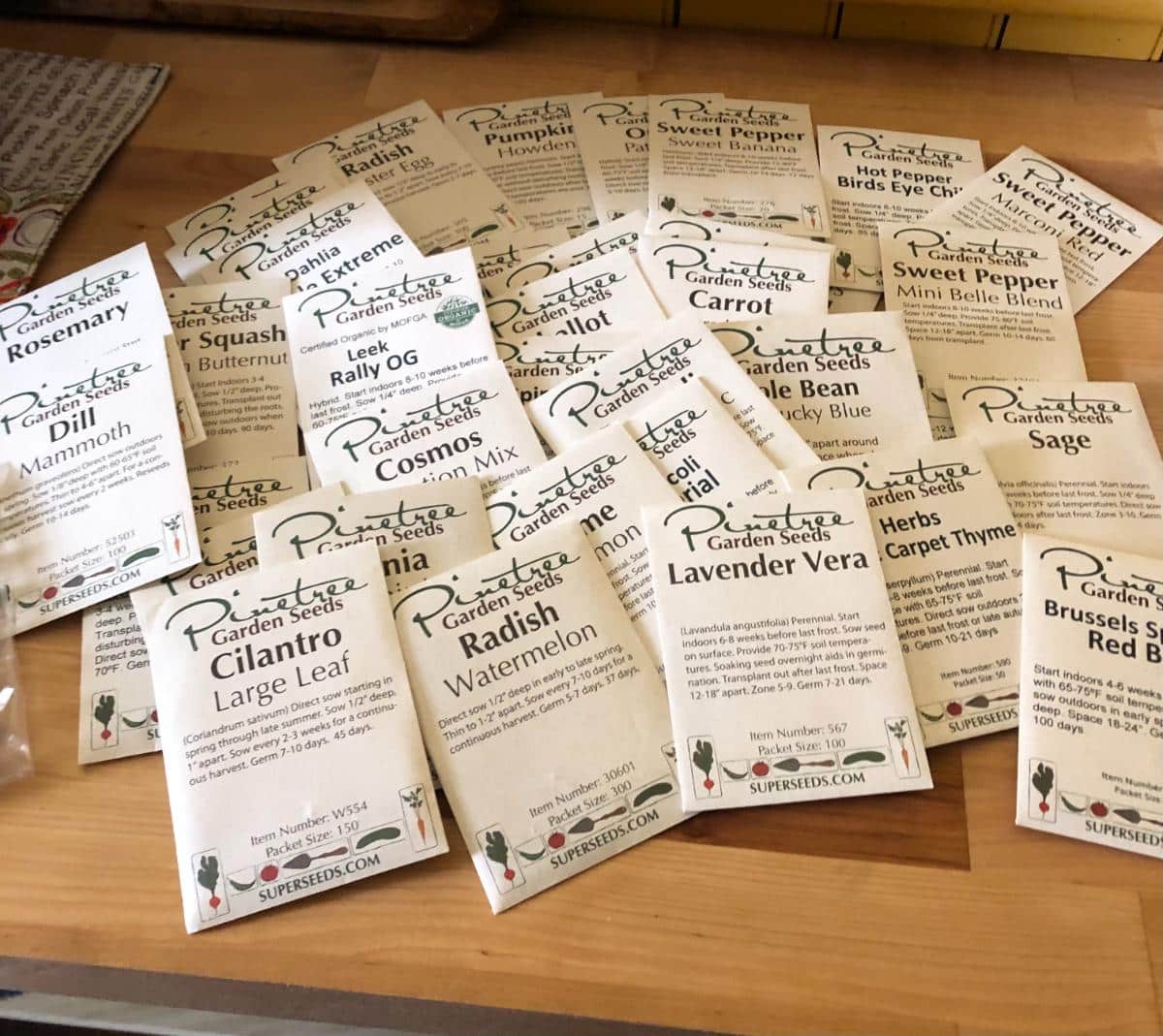
With your inventory on hand, you can now make a list of what you need. Once you have that, start buying or ordering your seeds!
It’s never too early in the year to buy or order your seeds for the season. The seeds that you’re buying won’t be any fresher if you wait to purchase them. The seeds you’re buying were harvested last summer and fall. They’re all sitting and waiting to be shipped to buyers.
Those seeds can get bought out, though. The best seeds often do!
If you care about what you get for seed, if there are targeted varieties and types you want, the best thing to do is to buy early. Order your seeds before any of them have a chance of running out.
Even if you’re not ready to start some of them for another month or more, go ahead and buy what you want and what you need. You won’t be stuck if they run out that way. And you can store them easily enough until it comes time to start them.
Want more tips on ordering seeds for your garden? Here’s a guide to help you along:
6. Gather your reference materials
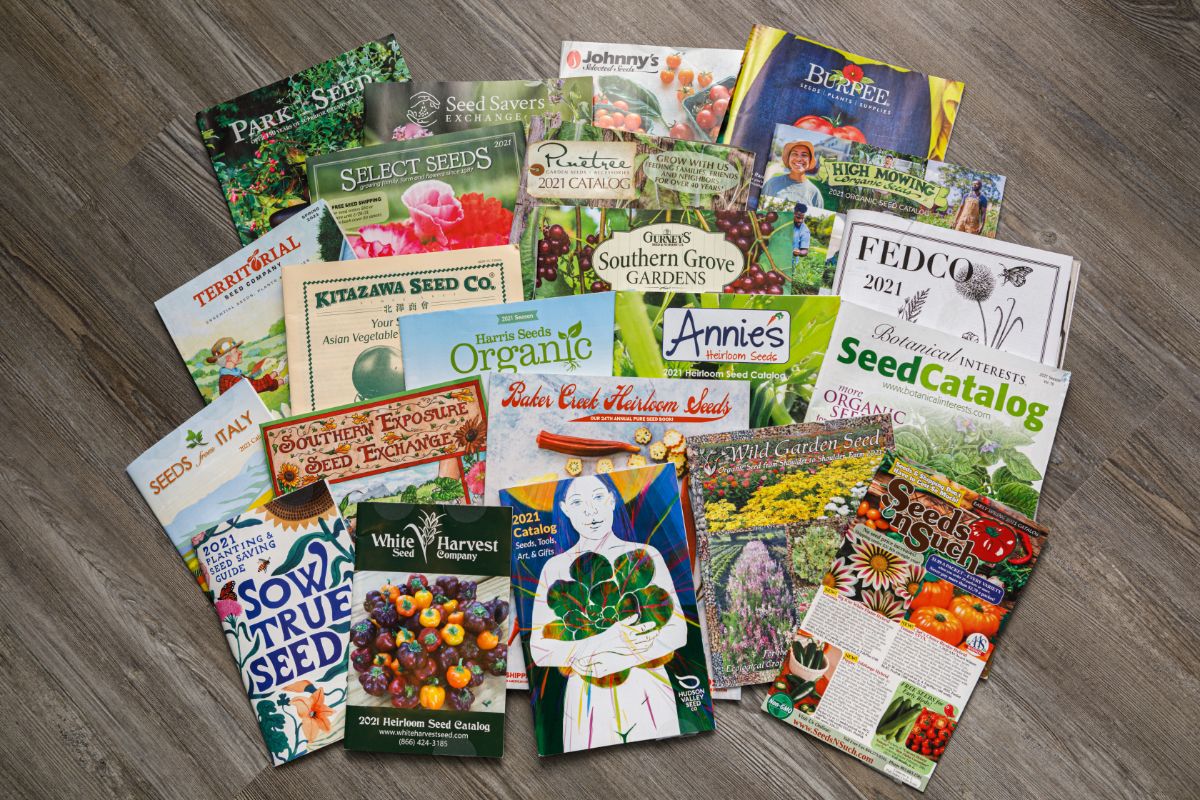
Winter is a good time to gather all your favorite garden reference materials into one place. This includes garden manuals, books, and seed and plant catalogs, too (which are an excellent source of information).
Put it all together in one spot. Then, when you’re ready to work on your garden planning or when you have a question about seed starting, growing, hardening, transplanting, planning, or anything else, you’ll have it on hand.
This will also show you what resources you might be missing so you have time to order them, too.
7. Check out your supply stash
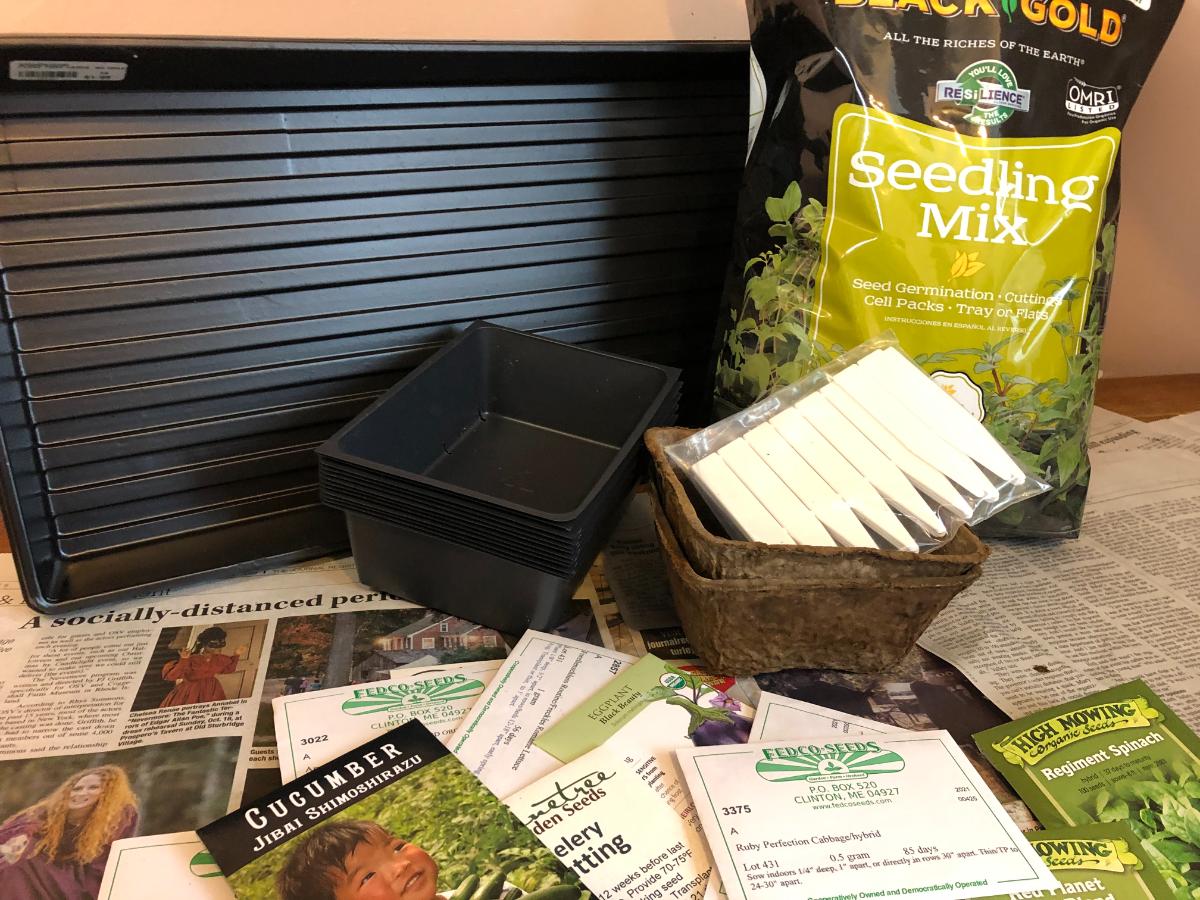
There’s nothing worse than thinking you're ready to start your seeds, going to do it, and finding out you’re not.
Along with an inventory of your seeds, take an early inventory of your supplies. Some of the things to have on your list should be
- Pots
- Trays
- Labels
- Light source (greenhouse or grow lights)
- Heat source (such as heat mats or a greenhouse heater if starting in a greenhouse)
- Seed starting medium
8. Order supplies
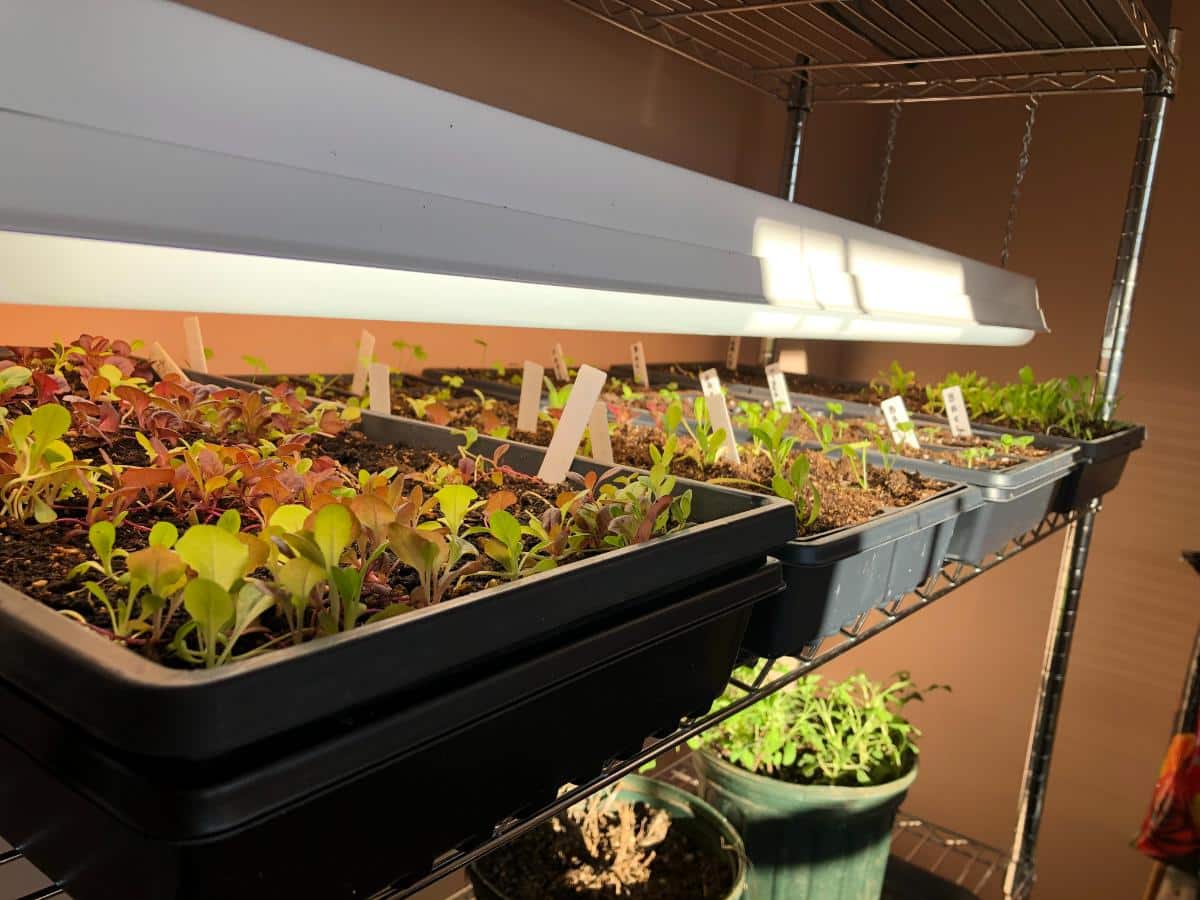
And with your inventory of supplies in hand, you can now order whatever you don’t have.
Just like with seeds, you’ll want to be prepared and ready to go when the right time comes. Ordering or buying seed starting supplies early will help you avoid things going out of stock, but it will also make sure your supplies are there to start seeds at different times, according to their needs.
Gearing up for seed starting is best done early. It’s fun to plan and an inspiration to take action. And that alone will set you up well for not only seed starting but a fun and productive garden season ahead!

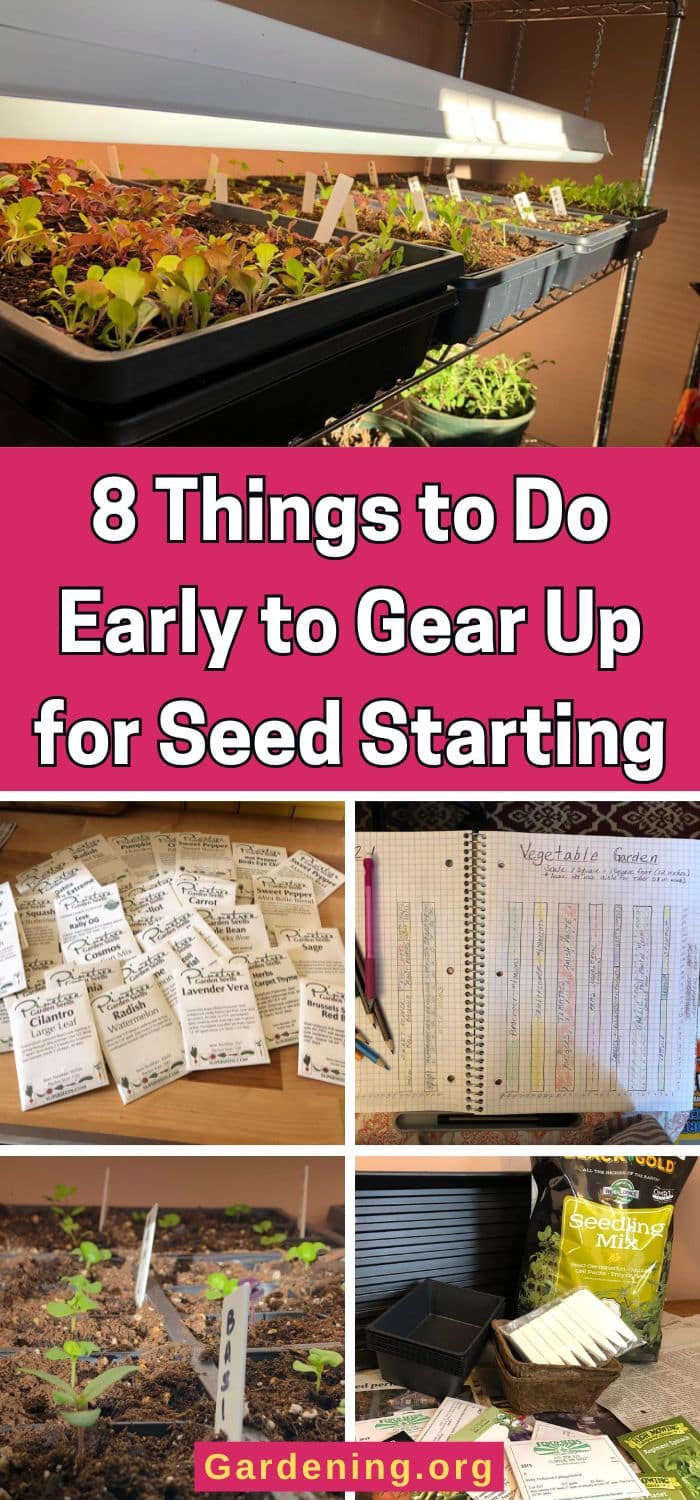
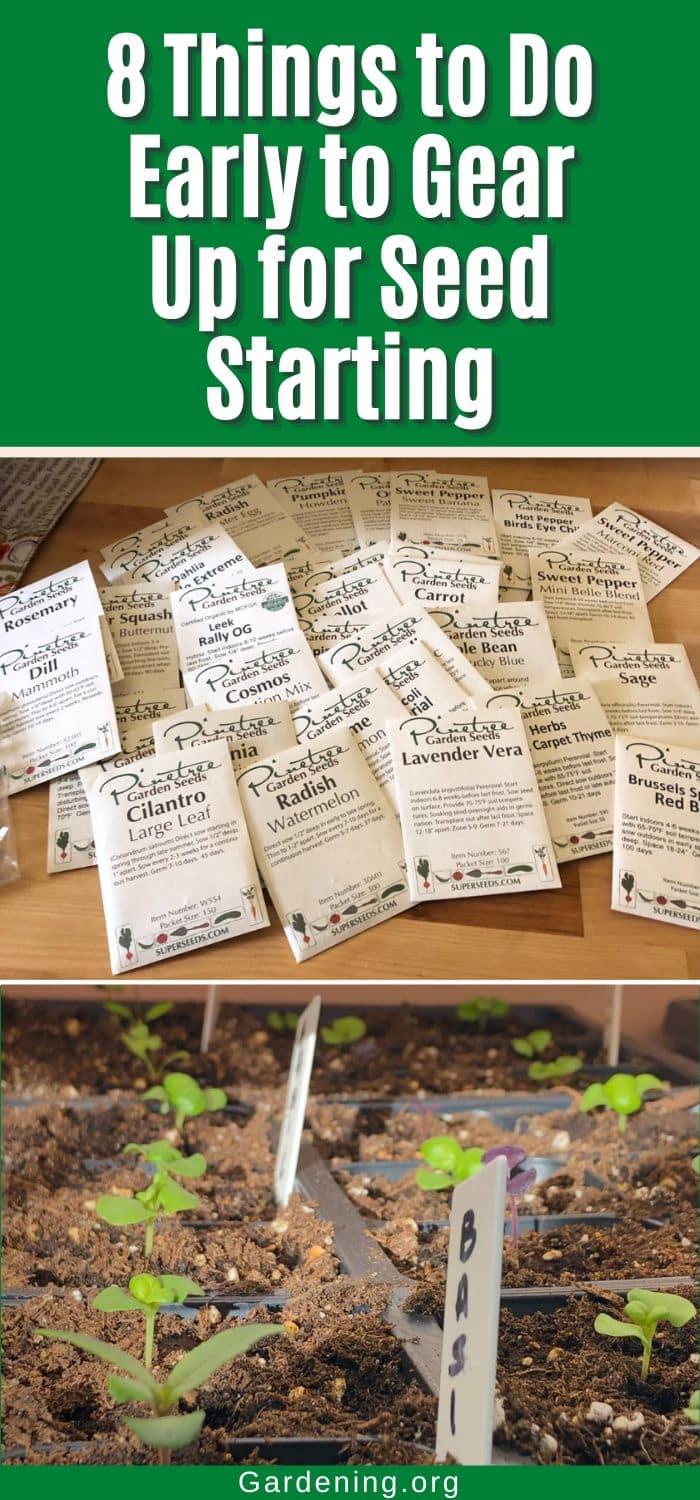
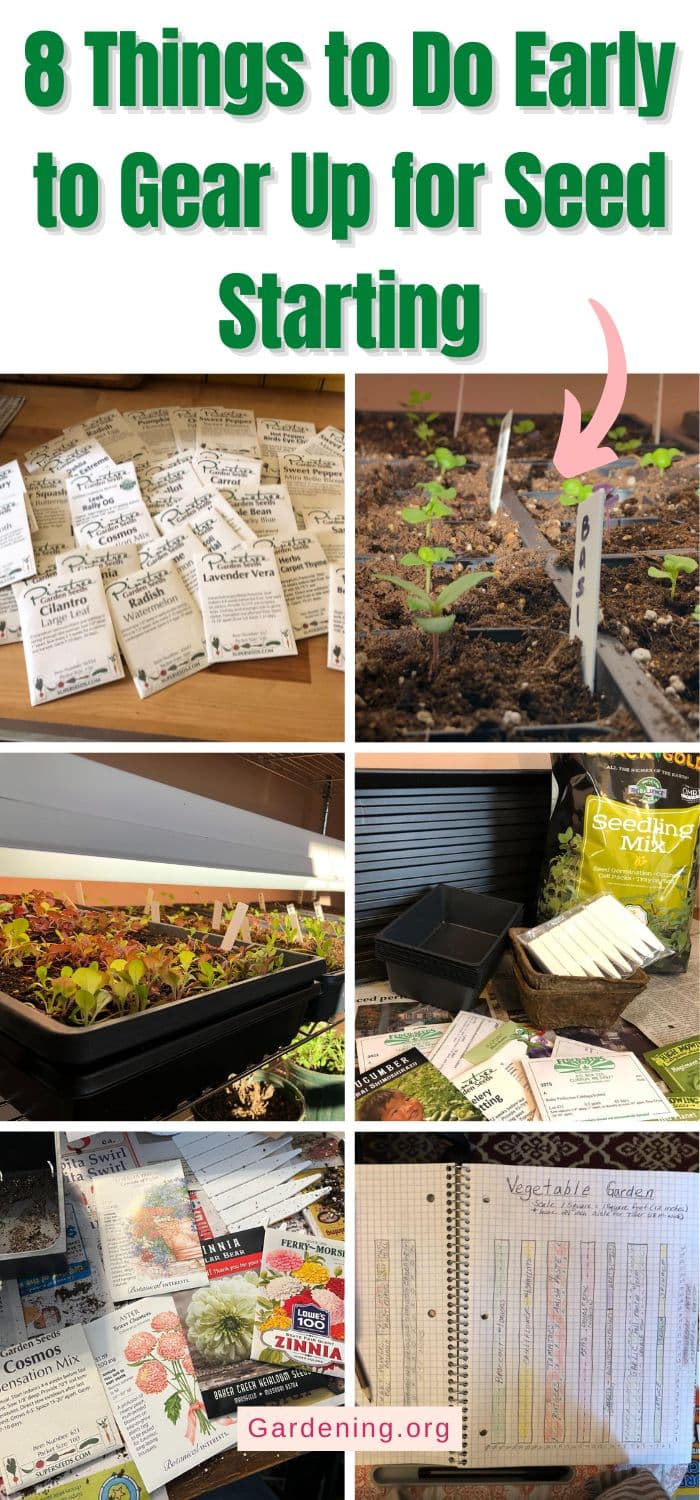
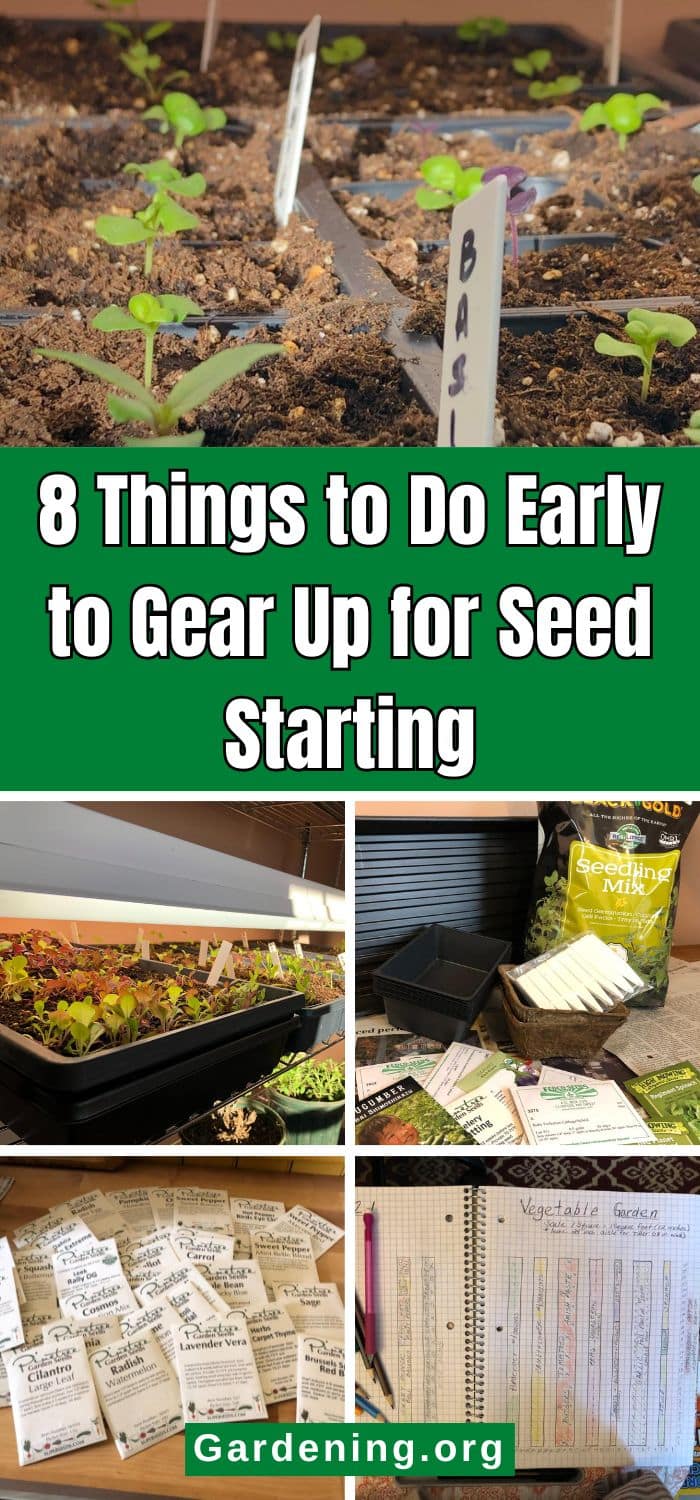
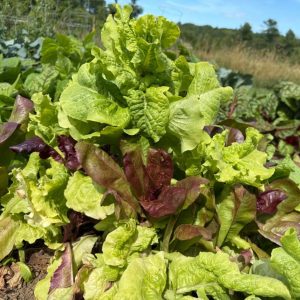
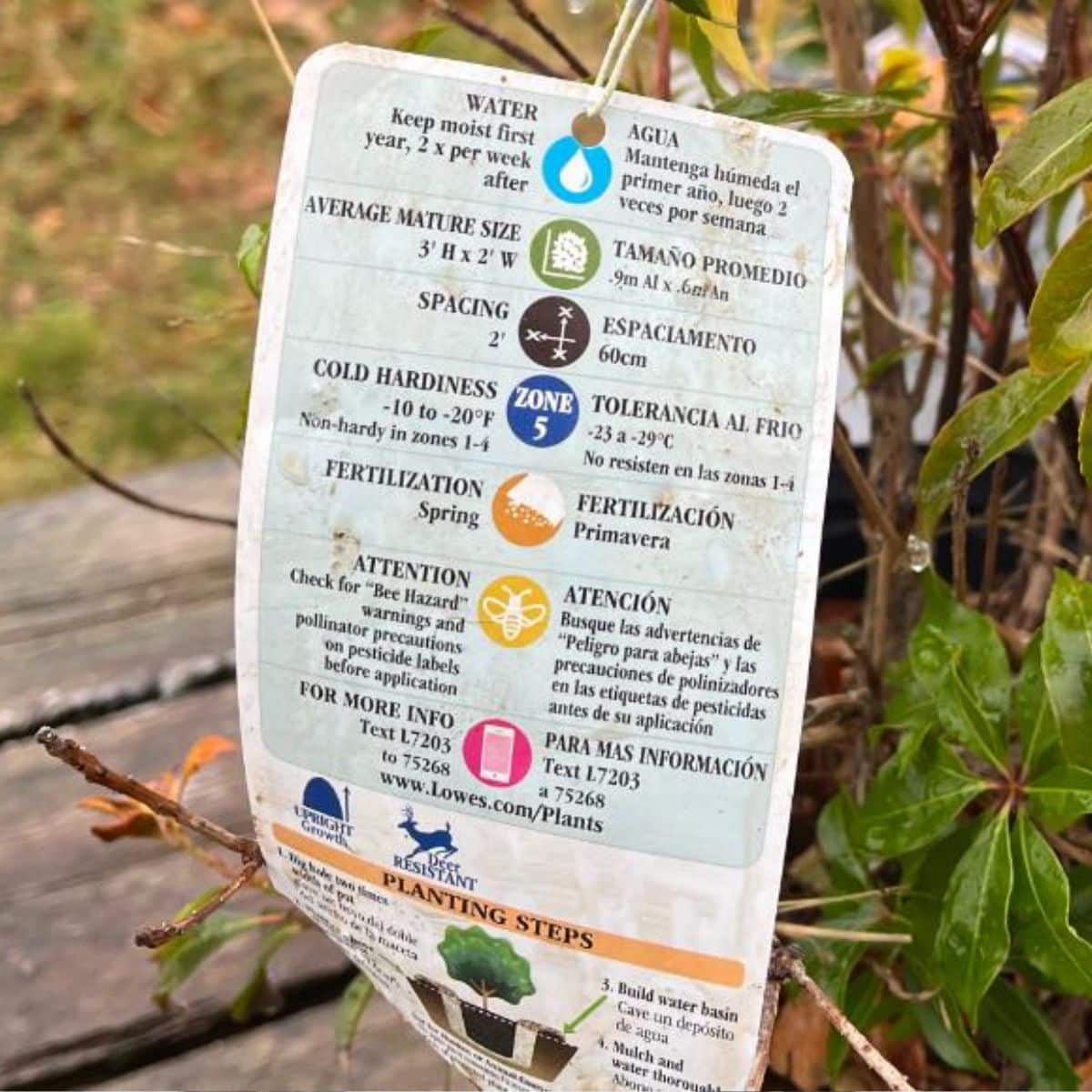


Leave a Reply